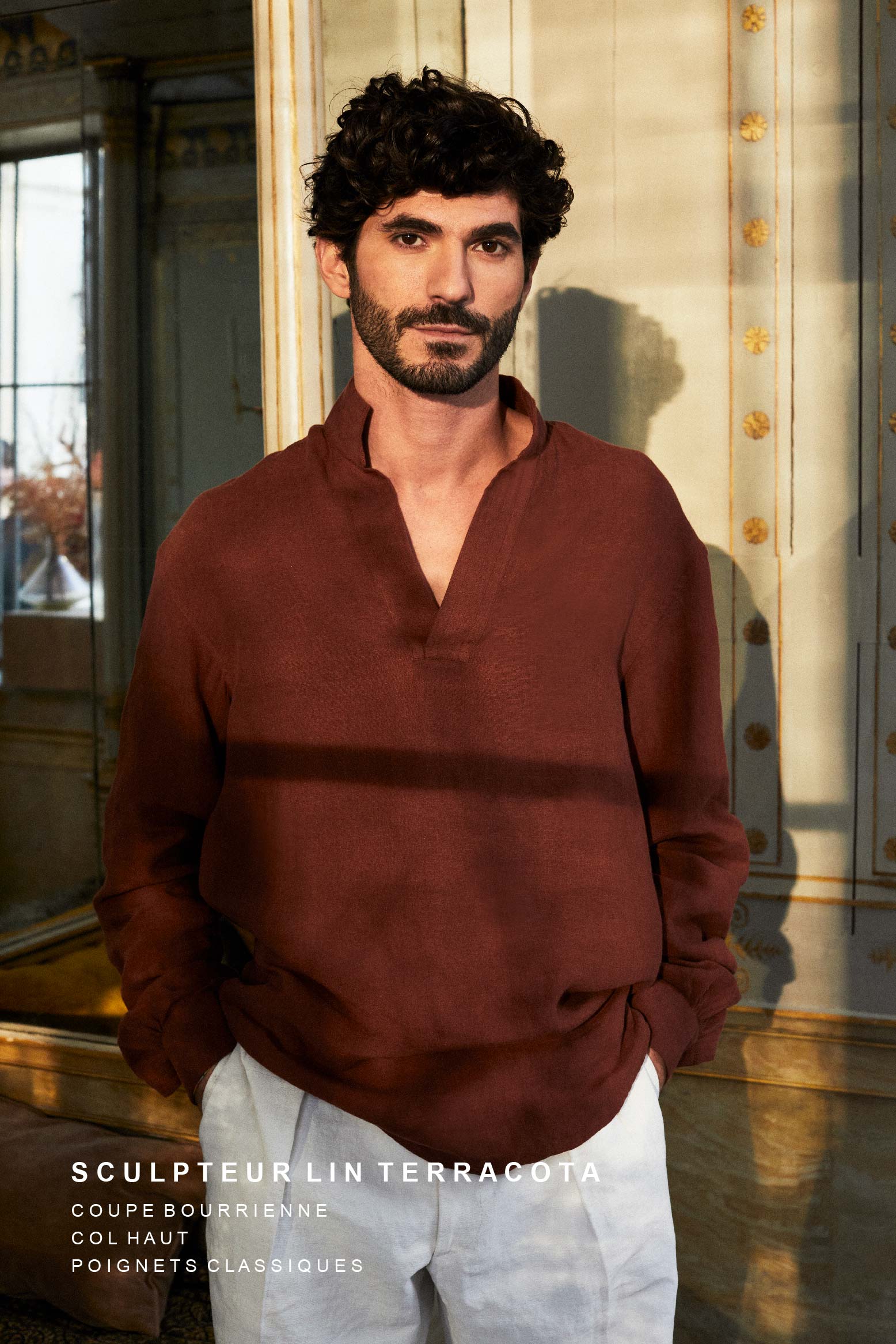
The peony market in the gardens of Bourrienne
The flower tide at the Hôtel de Bourrienne
Norman peonies in Paris
An intoxicating smell pervades the Hôtel de Bourrienne on this Thursday, May 28, 2020. Lemony, sweet, or even rose notes, and for good reason, the hotel garden was taken over by a field of Norman peonies. White, pink and purple, it is as much a feast for the eyes as it is an olfactory delight.
These peonies are those of Charles, an organic horticulturist from the North West of France. During the confinement, he tenderly gazed at them, admiring them to bud and take on color. A charming and sensual show that he wanted to share with as many people as possible. He decides to sell them in Paris, at the Hôtel de Bourrienne. This peony market caught the attention of nearly 300 Parisians who had booked a slot to buy a few stems, while discovering the exceptional setting of the Hôtel de Bourrienne. A real success. At one euro a stem, the peonies were all sold to decorate the interiors of these visitors who came in large numbers.
The peony, a flower with mythical virtues
Originally from Europe and the Far East, the one considered the “queen of flowers” takes its name from a Greek myth. According to legend, Péon, the disciple of Asclepius, god of medicine, discovered a root with medicinal properties. It relieved the pain that women felt during childbirth. Jealous of this discovery, Asclepius goes into a black rage and tries to attack his disciple. The king of Olympus, Zeus, decides to intervene by transforming Peon into the plant he had discovered, the peony. Since then, the peony is known and recognized to be a healing plant whose flowers are edible.
Flowers for the Empress
At first wild, the peony began to be cultivated in China in the 7th century, in the imperial city of Luoyang, reputed to be the cradle of cultivated peonies. Gradually, the queen of flowers was elevated to the rank of ornamental plant and became the floral emblem of Imperial China until the advent of the People's Republic in 1949.
In France, the peony was not cultivated until the end of the 18th century. It was thanks to the Chinese emperor, Qianlong, who offered peonies as a present to Empress Josephine, a great lover of plants.
Josephine's passion for flowers most certainly comes from her childhood in Martinique, whose Native American name “Madinina” meant the island of flowers. There, she enjoyed contemplating nature and savoring the sweet scent of Caribbean flowers. When the Bonaparte couple acquired the Château de la Malmaison in 1799, Joséphine wanted to create a sort of Garden of Eden there, where she grew plants that reminded her of the West Indies. The various campaigns and scientific expeditions, led by her husband, enabled her to enrich her collection of exotic plants that the painter Pierre-Joseph Redouté, nicknamed the “Raphael of flowers”, drew and recorded in his book Jardin de Malmaison. His engravings are very popular in France and throughout Europe.
Pierre-Joseph Redouté, A peony, graphite, watercolor and gum arabic, 32x25cm
Revealing the art of living Bourrienne Paris X, this peony market reminds us that it is important to take the time, and to know how to appreciate the little pleasures of life, as simple as flowers for example A l At the Hôtel de Bourrienne, beauty in all its forms will never cease to be celebrated.




